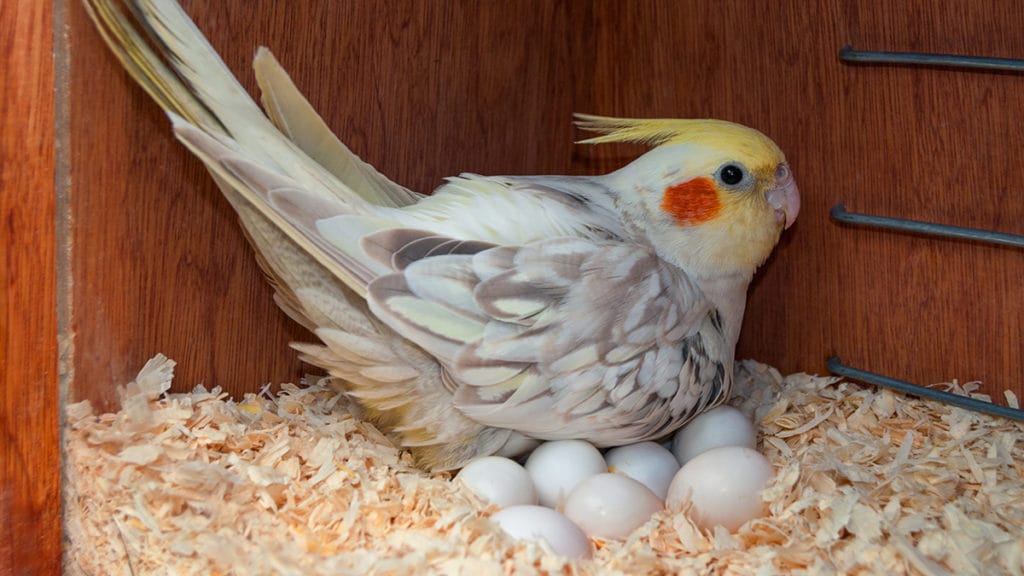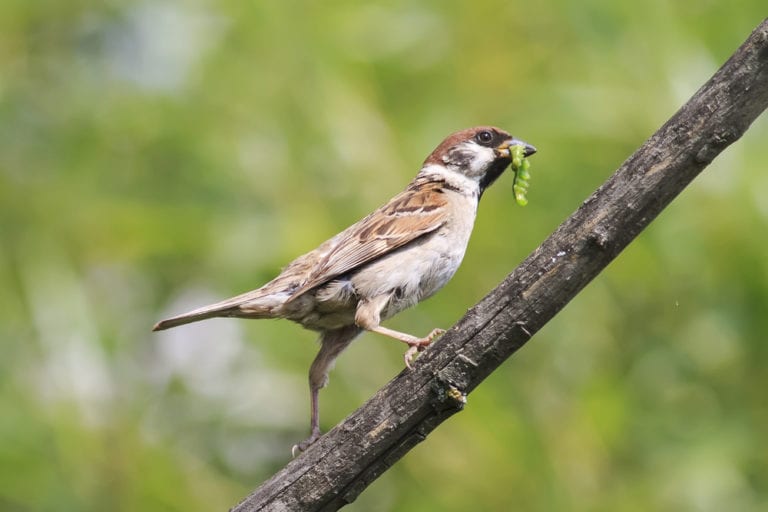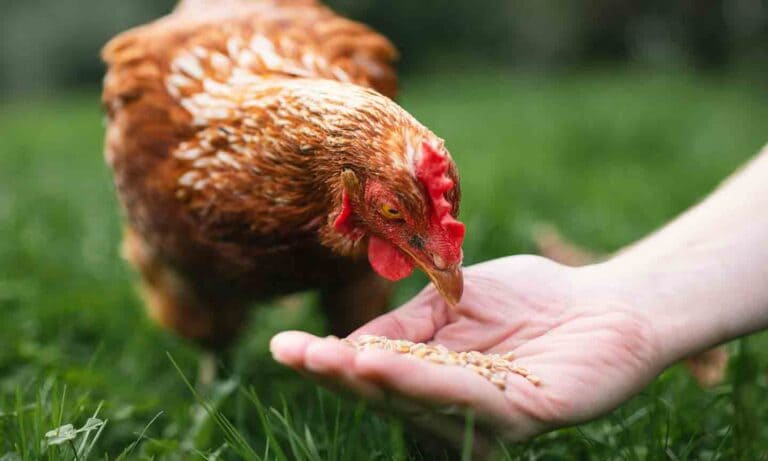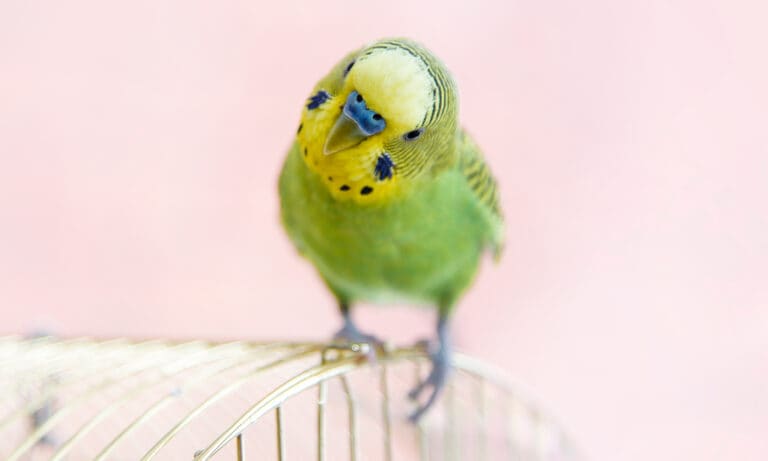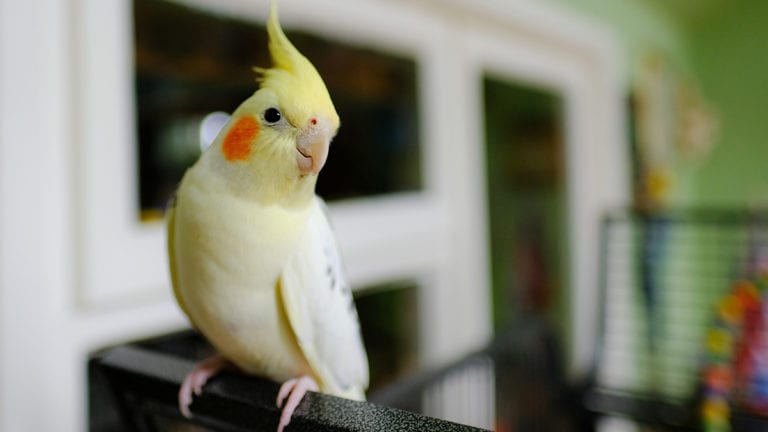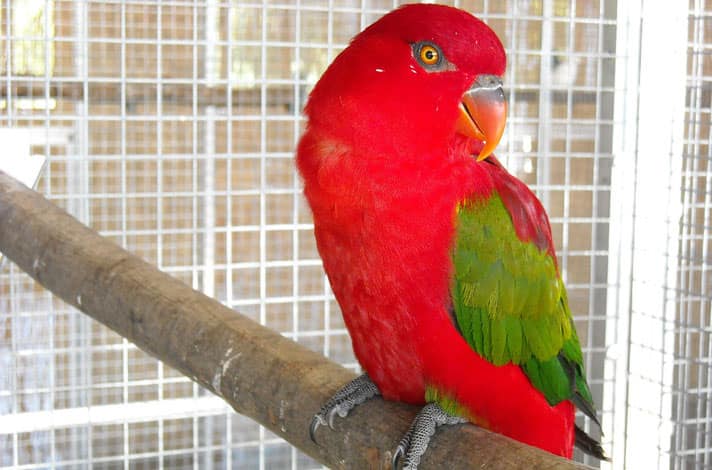Q.
I have a pair of cockatiels that I purchased about one year ago, so they are about 15 to18 months old. I was told they were both males, but one is now laying eggs. I was not prepared for this. I know I should have a nest box, but the pet stores in my area don’t have any. It has to be ordered and won’t be in until Saturday or Monday. I took the three eggs out of the cage to prevent breakage, wrapped them in a towel and put them in a bowl. They are on the counter away from the air conditioner or fans. I was told today that the cockatiel will not take them back after I handled them. What should I do now? I would appreciate any help you could give me. Thank You.
A.
Because cockatiels, like other parrots, must turn their eggs twice daily in order for their eggs to remain viable, unless you’ve been turning the eggs correctly, it is doubtful they would ever hatch. Cockatiels don’t object to people handling their eggs; aviculturists frequently inspect nest boxes and candle eggs to check for fertility. However, newly paired or less tame pairs can be more stressed when they are disturbed, so it is best to leave them alone so they do not accidentally damage the unhatched eggs. If eggs are ever removed for any reason, such as candling, they must be returned to the nest warmed (hold them snugly in your hands until warm), because cold eggs are usually rejected.
The first rule in egg-laying cockatiels is never to remove any eggs laid until they are abandoned. Whenever eggs are removed prematurely, female cockatiel will almost always lay more to make up for the loss of the missing eggs. This is nature’s way of replenishing the genes of offspring that may have been destroyed or preyed upon. Usually, if a female cockatiel has access to a nest box, she will lay her eggs inside the box. If an egg is laid outside the box it can be transferred inside to where the hen is sitting, provided it is warmed and the birds are not startled—or they could damage other eggs.
Whether your female accepts the new nest box is determined by whether her mate, presumably male, first excavates the nest to make certain it is “safe”—just as he would in the wild. The female will usually follow and spend most of her time inside the box, coming out to eat, drink, bathe and eliminate her droppings. More dedicated females will stay in the nest once they begin to lay eggs; others might not start sitting the eggs continuously until the second or even the third egg is laid. Incubation is 18 days from the time cockatiels sit in earnest, therefore, count a few extra days if sitting is delayed. Allow the female to abandon the eggs of her own accord rather than removing them even if incubation time is over, because your cockatiel will only lay additional eggs if she reacts to their absence.
Cockatiels usually lay between four and six eggs per clutch; so if you should find twice as many eggs in a short time span, you probably have two females, rather than a male and a female. If, however, you do have a male, and the pair has started the nesting cycle, allow them access to the nest box. Feed plenty of cuttlefish bone, soft foods (corn-rice-beans, whole-wheat bread, hard-boiled egg, etc.) in addition to dark green, leafy vegetables along with their regular diet each day to prepare them for feeding young.
Posted By: Chewy Editorial
Featured Image: via YK/Shutterstock.com
Share:
